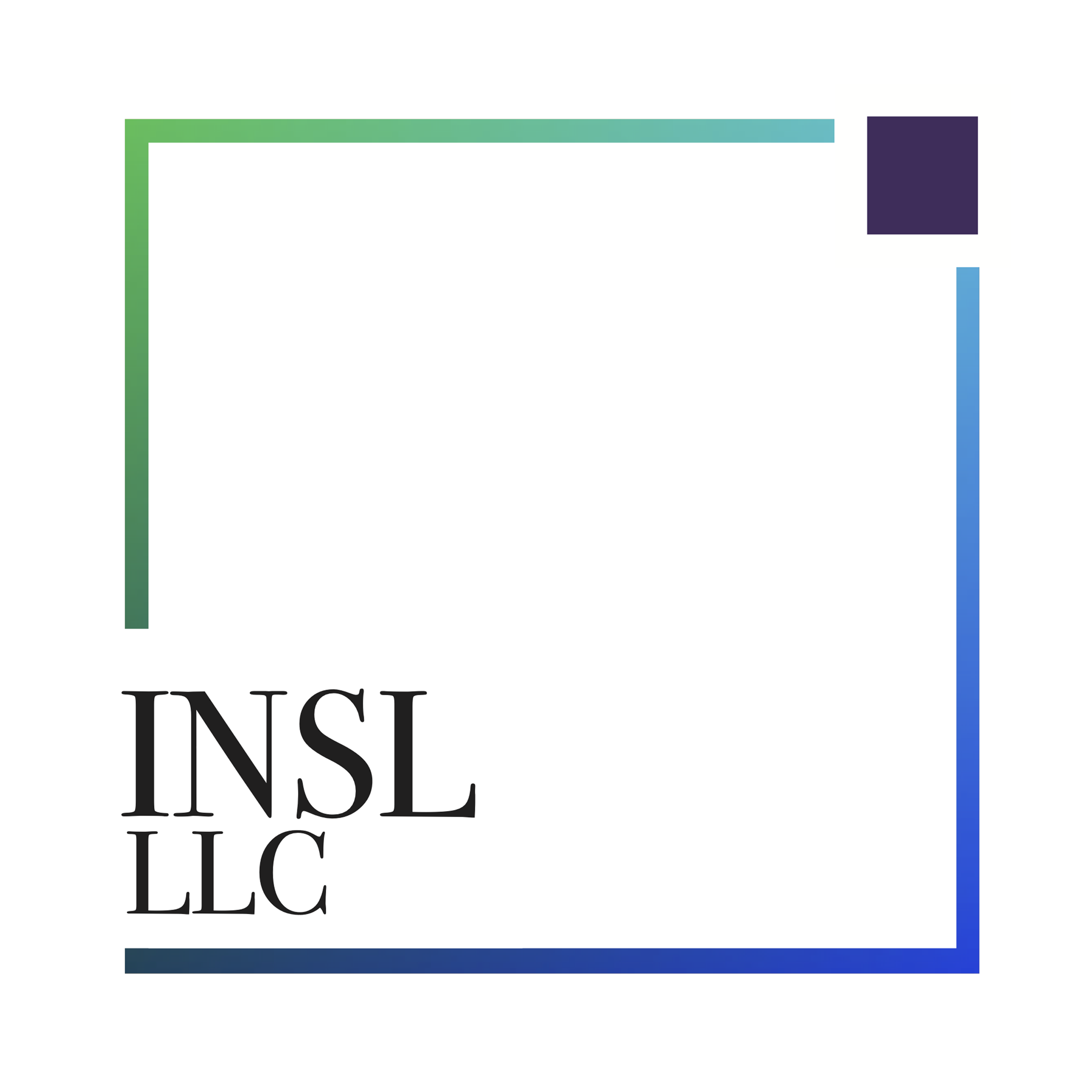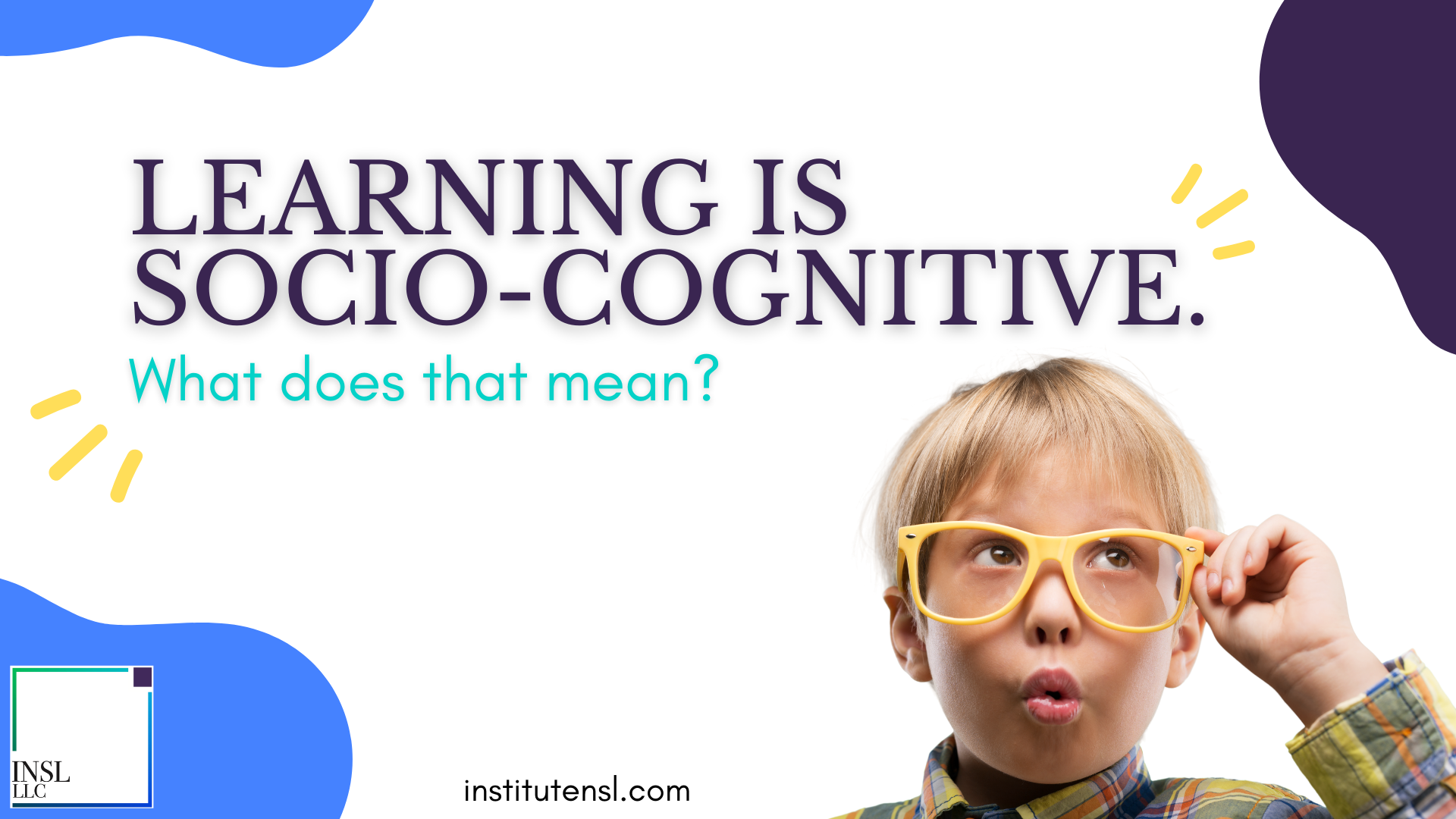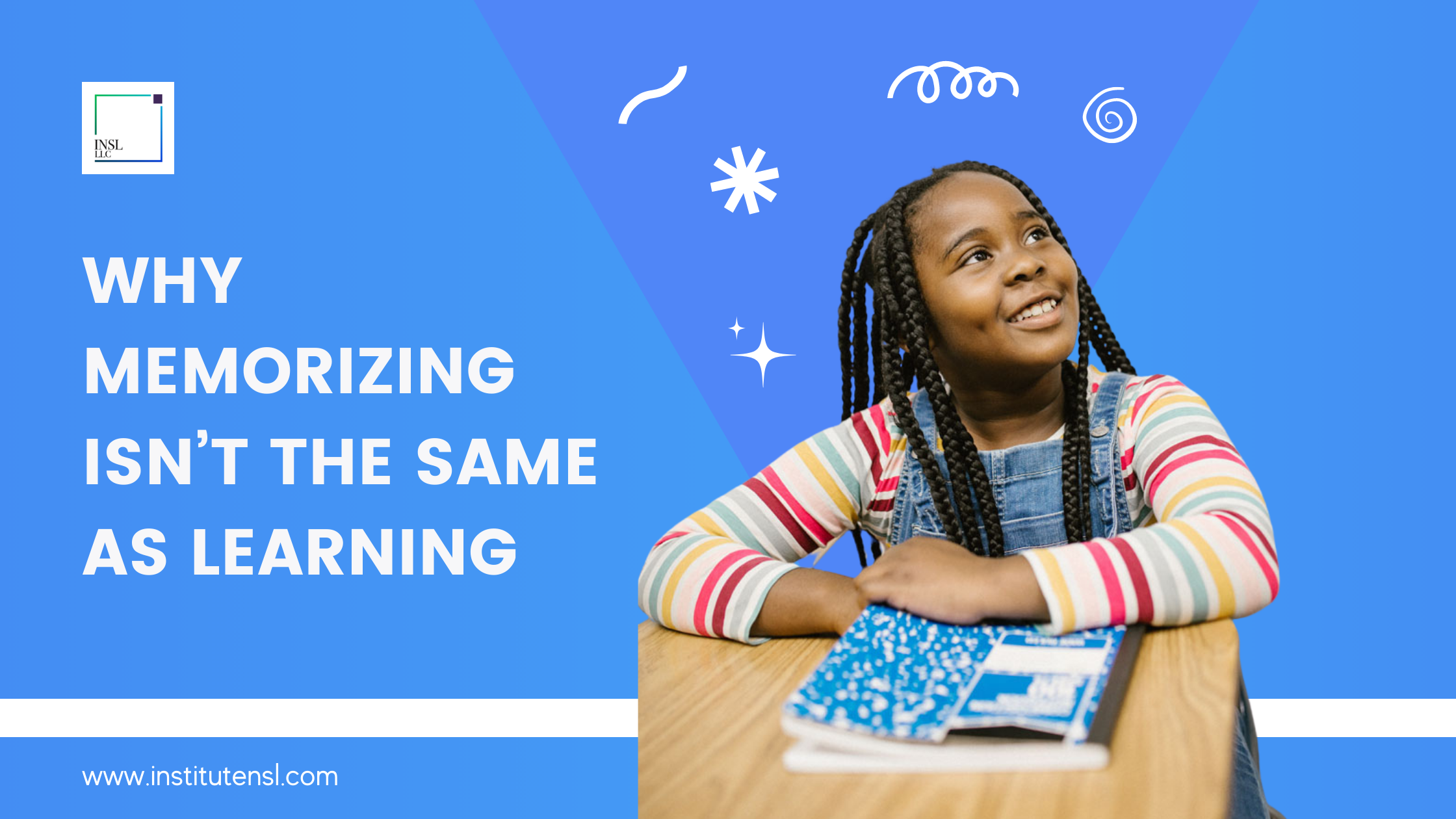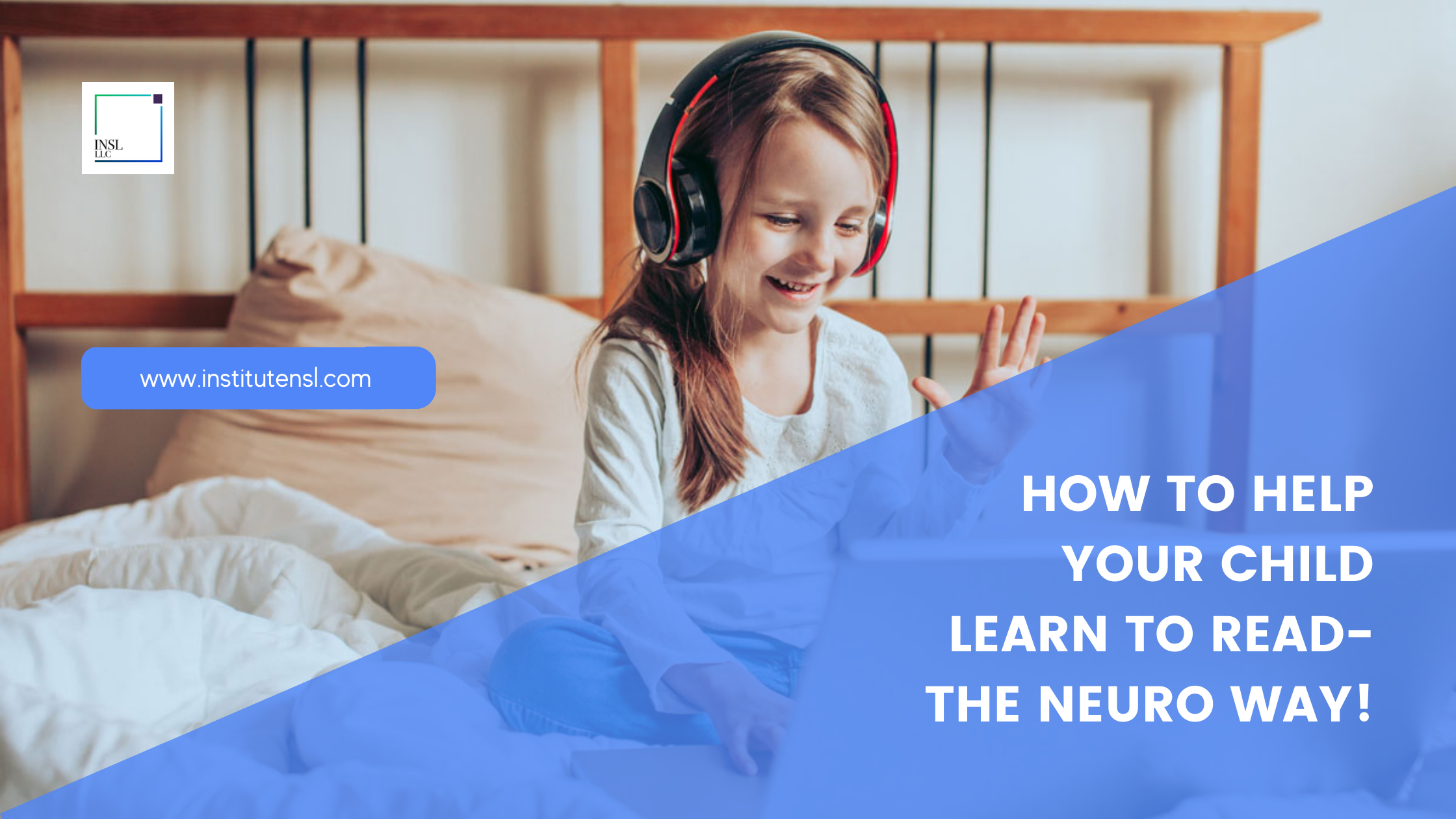Drawing: The 8th Literacy

When we think about school and learning to read and write, automatically we think that first we must learn to read (decode), then we must learn to write (encode), and then if we get our work done before time is up, we can draw a picture. But what if this was wrong?
What if drawing was considered an element of literacy and we started there? If we start with drawing our ideas (as a pre-writing activity), we can show our ideas, and once our ideas are fixed on the page, we can see what to write with no difficulty. Spelling can be addressed by labeling the drawn ideas, and the learner can use the drawn and written ideas to guide their writing.
Once the ideas are written we can read them back. So, now the procedure becomes draw, write, read instead of read, write, draw. In this way, our learning process naturally leads to reading by way of drawing and writing. If we think about it this makes perfect sense.
If we can write an idea from memory, then we naturally will be able to read the idea. In this way we are teaching thinking and language as part of the process of writing and reading, and our reading comprehension will go up.

Story pictures provide a shared context in which parents, teachers and learners can read, write, speak, listen, think, calculate, view, and draw the story portrayed in the picture. These eight processes of literacy provide multiple points of access for learners. When learners participate in these eight processes of literacy it engages them with multiple overlapping ideas about a concept, through multiple sensory processes, so that the neurological wiring for long term memory can form.
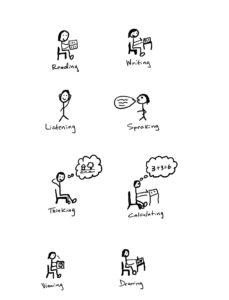
To facilitate the learning of reading, we can engage in the other seven processes. Doing this will naturally lead to reading. For any given picture, the learner can tell a story about the picture and other learners can listen to the story. Learners can think about the story as they tell or listen to the story. Learners can view the picture and then draw the picture, and then show their picture to others. Learners can calculate the spatial relationships as they draw, and in some cases do mathematical calculations about the story pictures.
Ideas, in the form of labels, can be written onto the drawings and then the learner can write their story about their drawing. Then, the learner reads back the story, and the cycle of processes is complete. If you think about it, it makes sense to do all these activities leading up to reading rather than the other way around. If you can write an idea from memory, you automatically can read it back later.
When we start with reading, move to writing, and draw as an afterthought, we stifle the process of the kids who need the drawing and writing, before they do the reading. Everyone can learn to read by viewing a picture, telling a story, drawing the story, writing the story, and finally reading the story. If you can write it from memory, you can read it.

